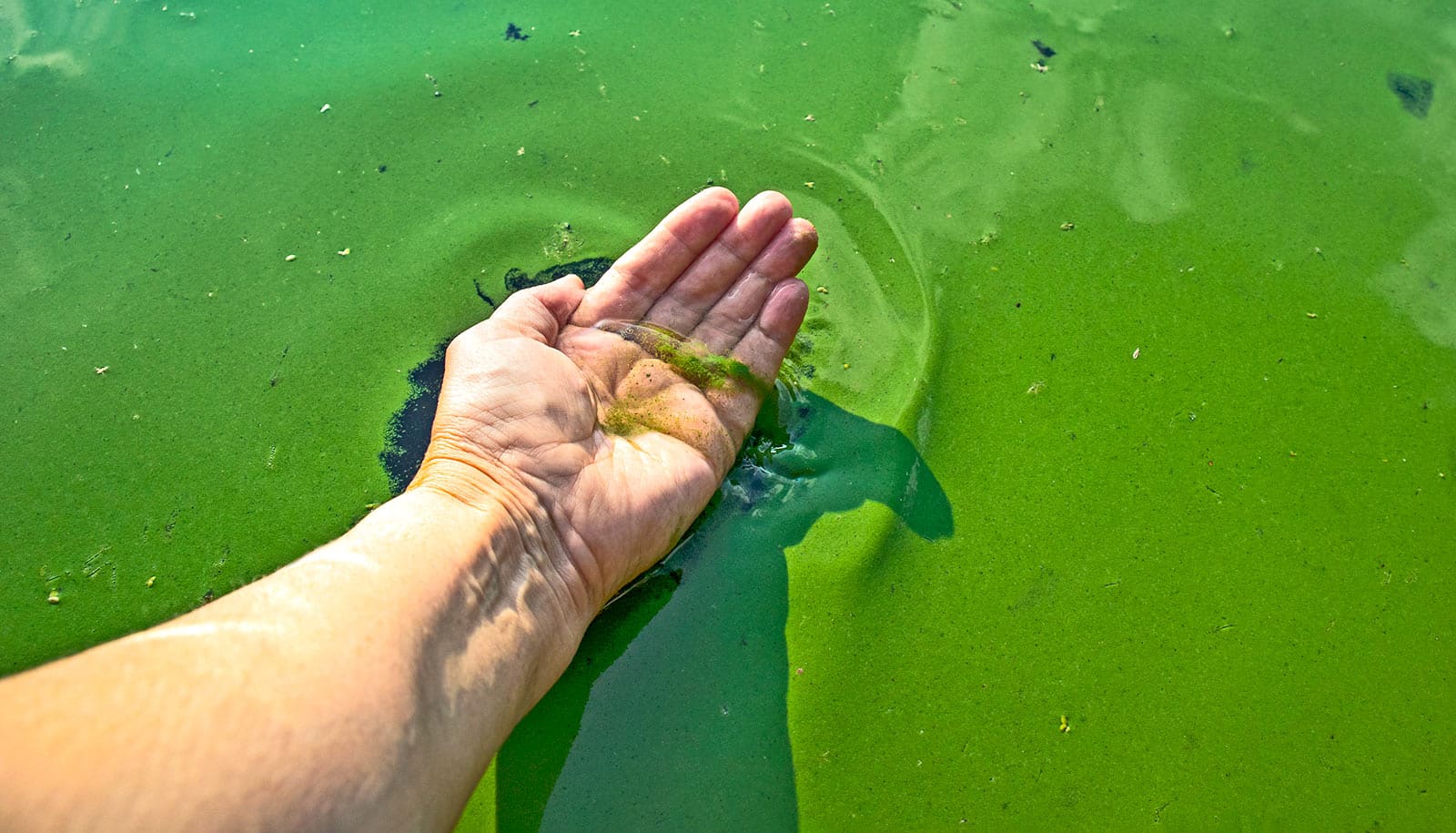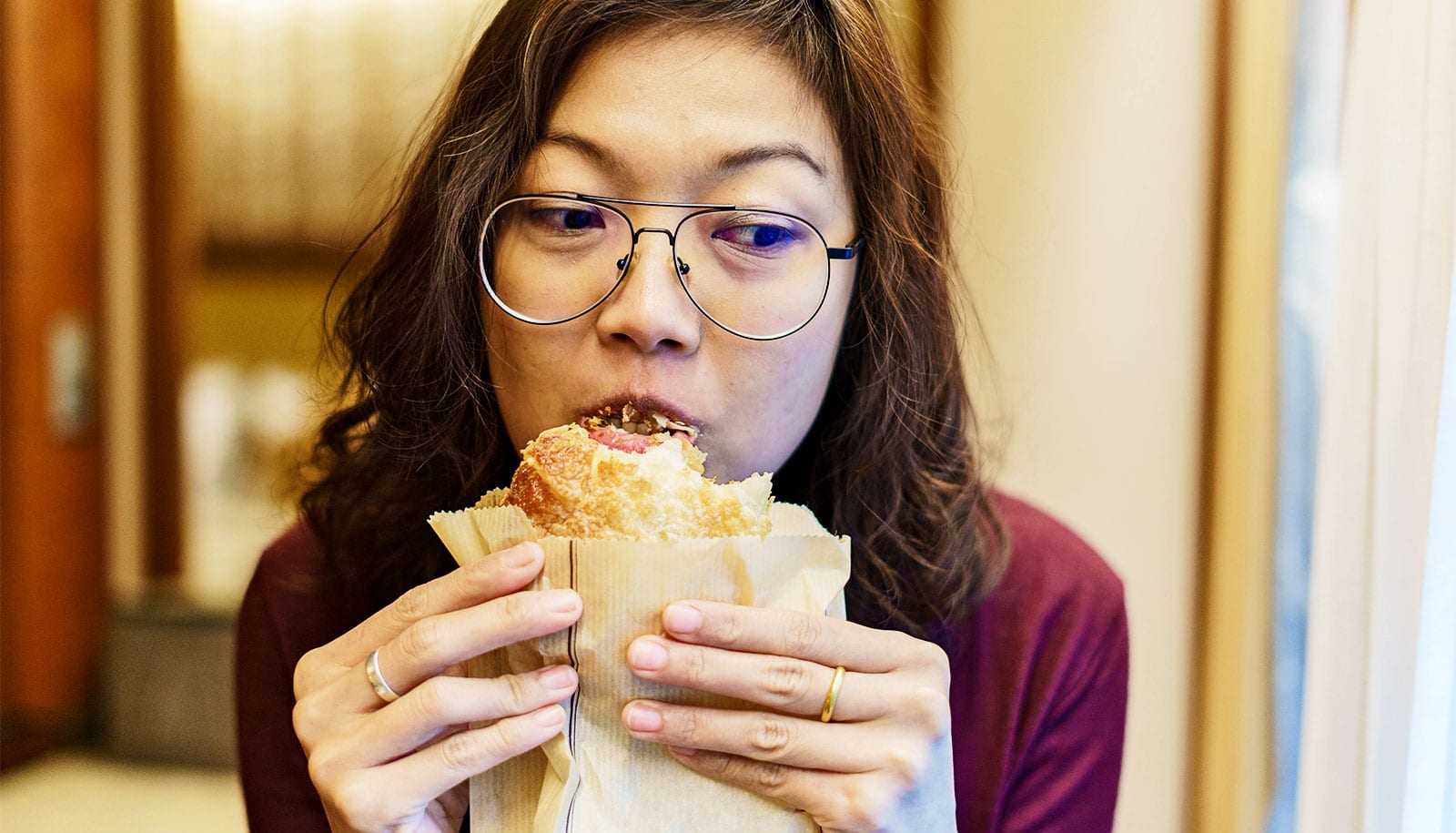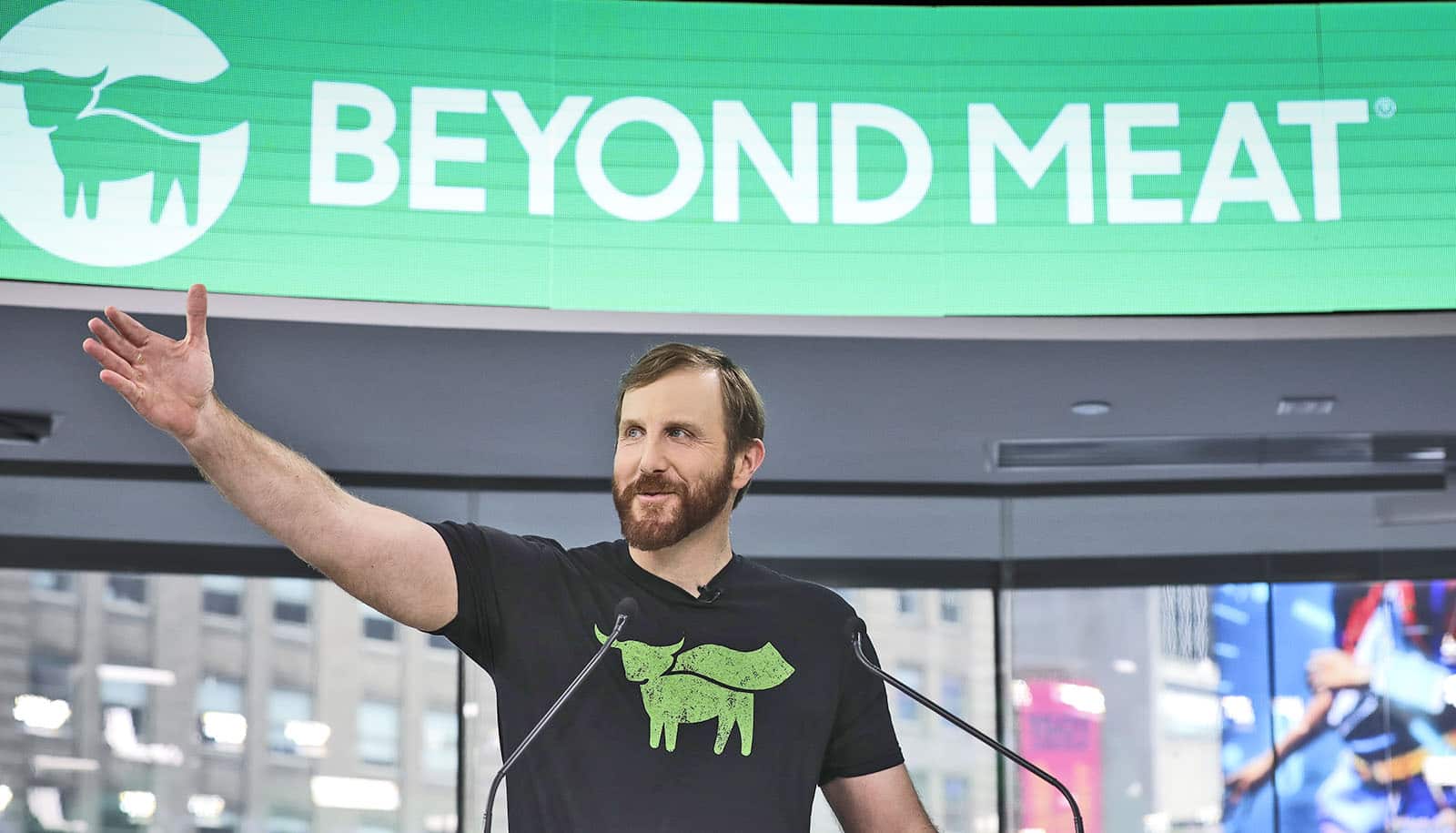New research may be the key to sustainable, plant-based foods that have both the “right” texture and require minimal processing.
We all know that we ought to eat less meat and cheese and dig into more plant-based foods. But while perusing the supermarket and having to choose between animal-based foods and more climate-friendly alternative proteins, our voices of reason don’t always win. And even though flavor has been mastered in many plant-based products, textures with the “right” mouthfeel have often been lacking.
Furthermore, some plant-based protein alternatives are not as sustainable anyway, due to the resources consumed by their processing.
But what if it was possible to make sustainable, protein-rich foods that also have the right texture? New research from the University of Copenhagen is fueling that vision.
The key? Blue-green algae. Not the infamous type known for being a poisonous broth in the sea come summertime, but non-toxic ones.
“Cyanobacteria, also known as blue-green algae, are living organisms that we have been able to get to produce a protein that they don’t naturally produce. The particularly exciting thing here is that the protein is formed in fibrous strands which somewhat resemble meat fibers. And, it might be possible to use these fibers in plant-based meat, cheese, or some other new type of food for which we are after a particular texture,” says Professor Poul Erik Jensen of the food science department at the University of Copenhagen.
In a new study, Jensen and his colleagues have shown that cyanobacteria can serve as host organisms for the new protein by inserting foreign genes into a cyanobacterium. Within the cyanobacterium, the protein organizes itself as tiny threads or nanofibers.
Less processing, more sustainable
Scientists around the world have zoomed in on cyanobacteria and other microalgae as potential alternative foods. In part because, like plants, they grow by means of photosynthesis, and partly because they themselves contain both a large amount of protein and healthy polyunsaturated fatty acids.
“I’m a humble guy from the country side who rarely throws his arms into the air, but being able to manipulate a living organism to produce a new kind of protein which organizes itself into threads is rarely seen to this extent—and it is very promising. Also, because it is an organism that can easily be grown sustainably, as it survives on water, atmospheric CO2, and solar rays. This result gives cyanobacteria even greater potential as a sustainable ingredient,” says Jensen, who heads a research group specializing in plant-based food and plant biochemistry.
Many researchers around the world are working to develop protein-rich texture enhancers for plant-based foods—e.g., in the form of peas and soybeans. However, these require a significant amount of processing, as the seeds need to be ground up and the protein extracted from them, so as to achieve high enough protein concentrations.
“If we can utilize the entire cyanobacterium in foodstuffs, and not just the protein fibers, it will minimize the amount of processing needed. In food research, we seek to avoid too much processing as it compromises the nutritional value of an ingredient and also uses an awful lot of energy,” says Jensen.
‘Milking’ bacteria
The professor emphasizes that it will be quite some time before the production of protein strands from cyanobacteria begins. First, the researchers need to figure out how to optimize the cyanobacteria’s production of protein fibers. But Jensen is optimistic.
“We need to refine these organisms to produce more protein fibers, and in doing so, ‘hijack’ the cyanobacteria to work for us. It’s a bit like dairy cows, which we’ve hijacked to produce an insane amount of milk for us. Except here, we avoid any ethical considerations regarding animal welfare. We won’t reach our goal tomorrow because of a few metabolic challenges in the organism that we must learn to tackle. But we’re already in the process and I am certain that we can succeed,” says Jensen.
“If so, this is the ultimate way to make protein,” he adds.
Cyanobacteria such as spirulina are already grown industrially in several countries—mostly for health foods. Production typically occurs in so-called raceway ponds beneath the open sky or in photobioreactors chambers, where the organisms grow in glass tubes.
According to Jensen, Denmark is an obvious place to establish “microalgae factories” to produce processed cyanobacteria. The country has biotech companies with the right skills and an efficient agricultural sector.
“Danish agriculture could, in principle, produce cyanobacteria and other microalgae, just as they produce dairy products today. It would be possible to harvest, or milk, a proportion of the cells as fresh biomass on a daily basis. By concentrating cyanobacteria cells, you get something that looks like a pesto, but with protein strands. And with minimal processing, it could be incorporated directly into a food.”
The research appears in the journal ACS Nano.
The researchers behind the study are from Friedrich-Schiller-Universität Jena, the University of Bristol, University College London, and the University of Copenhagen.
Support for the research came from the EU’s Horizon 2020 program, The Humboldt Foundation, the Biotechnology and Biological Sciences Research Council (BBSRC), the Novo Nordisk Foundation, and the Carlsberg Foundation.
Source: University of Copenhagen



